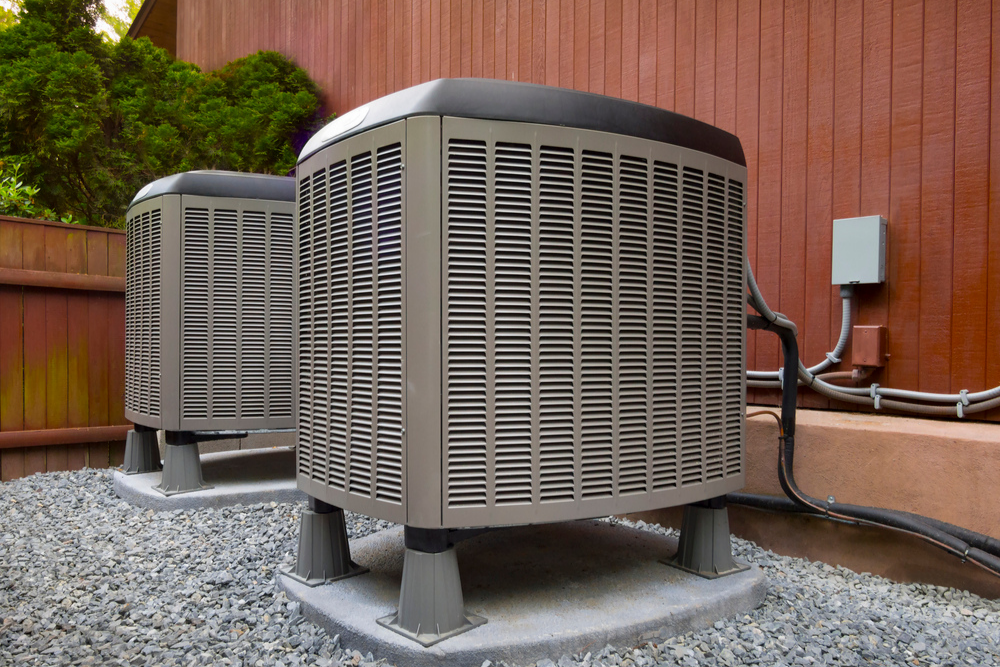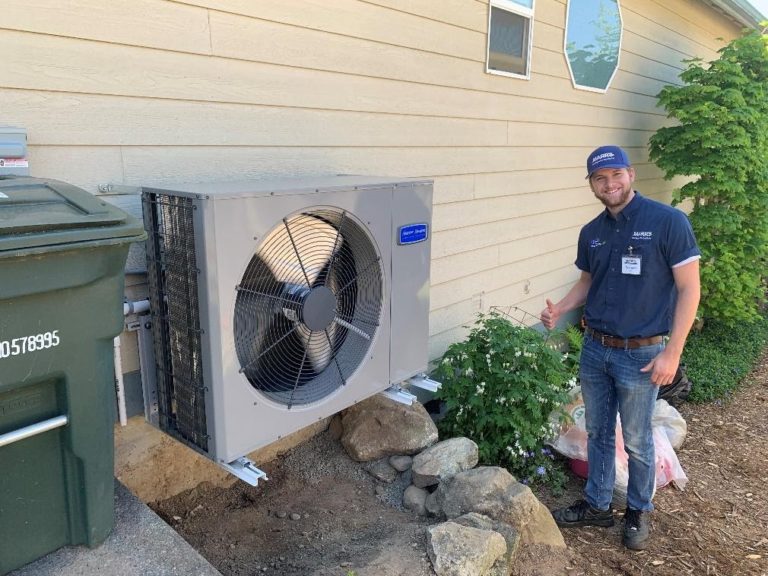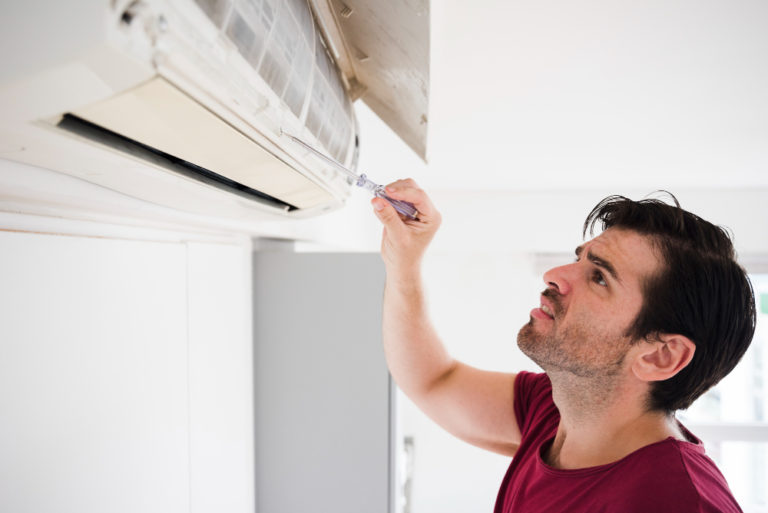Installation of Low Cost and Ground Source Heat Pumps
Without first doing a comprehensive heat loss analysis of the building. As well as estimating the building’s associated energy consumption profile and the demand for hot water among the building’s occupants. A ground source heat pump system cannot design with any degree of accuracy. According to a Consumer Reports article is to hire the most qualified Heat Pump Installation.
The primary issue with numerous installations of renewable energy sources is that. In comparison to conventional energy systems such as gas/oil or electric. The costs of installation are typically substantially greater. Which indicates that the economies of scale are restricted to a lesser degree. An oversize heat pump will spend most of its time operating in part-load settings. Which can result in the equipment’s lifespan being shortened and can ultimately damage performance.
Utilization of a different
If the system is undersized. It may need the utilization of a different heating system in place of the GSHP whenever there is an extended stretch of chilly weather. This method. Which is also known as an alternate bivalent system. Is not very effective. For the system to able to fulfill its requirements. A topping off mechanism is necessary. While it is true that it is common to have what is known as a parallel bivalent system. Which is when two systems work together during times of peak loads. The heat pump will function at maximum output to provide the base load of the heating. While the other system tops up the temperature levels.
Heat pump will provide the base load
In other words. The heat pump will provide the base load. While the other system will provide the peak load. It is very important to know the energy requirements of the building and its occupants for the most energy efficient and therefore cost-effective system to developed. In general. The usage of non-renewable supplementary heating should not exceed 5% of the yearly energy requirement. This means that it is crucially important to know the energy requirements of the building and its occupants.
Dimensions of the heat
When constructing the system. It is not enough to simply consider the dimensions of the heat pump that will used. The performance of the ground coil or borehole system that is used to collect heat from the ground will be affected differently depending on the ground conditions that are present. It is a common misconception that ground source heat pump systems get their heat from geothermal heat; however. This type of heat source can really be found in a select few areas of Canada. You can consider the best option for it by just clicking Low Cost Heat Pump Installation.
The ground is capable of absorbing
Even many hundred meters below ground level. The ground is capable of absorbing solar radiation. And the sun is the primary contributor to the warming effect that this has on the ground. There are varying degrees of heat extraction depending on the kind of ground. Such as sand and gravel. Rock. And clay. Even the amount of moisture that is present in the ground will have an influence on the operation of the system and. As a result. How it is designed.
One cannot even begin to answer the question of whether a coil system would appropriate without first conducting a ground condition survey. If the ground conditions are such that there is. For example. One meter of topsoil over rock. Then there will a significant rise in the cost of the installation. For more information on this topic, please visit Cambridge Heating and Cooling or you can contact 416-750-4363.



